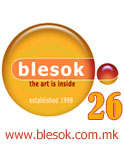

Keywords: home; postsocialism; nostalgia; consumption; heritage
The focus of this article is on nostalgia as it appears in the representations of home-decoration in postsocialist Estonia. This theme is explored, describing a dialogue and conflict between different versions of relating to the past. The empirical material comprises qualitatively analysed in-depth interviews and articles in home-decoration journals from 1997–2008. Examining some dimensions and mechanisms of nostalgia in this specific context enables to demonstrate how is transformation from Soviet everyday culture into Western consumer culture conceptualised through ideas about the home. I will suggest that in Estonian everyday life nostalgia is not only a form of escapism into the past from the uncertain present and identity problems, but it also works as a resource to cope with the traumatic past, negotiate and forge new identities.
More...Keywords: Macedonia; Polish NATO soldiers killed; Sopot; Sulejman Sulejmani; NLA; Albanians; ethnic tensions
The arrest of an Albanian charged with murder in the death of two Polish NATO soldiers sparked threats from a shadowy paramilitary group for the release of the suspect within 48 hours- but an EU official, speaking on condition of anonymity, believes the killings were planned as a warning to the international community to leave Kosovo and Macedonia.
More...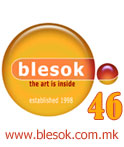

Keywords: Jörg Schwarzenberger, K.U.SCH., Niederösterreich, conceptual dadaizm
Big retrospective about Jörg Schwarzenberger and his wife Renate Krätschmer (artist-duo K.U.SCH.) which take place from 27th September 2014 until 22th February 2015 in the context of Zeit Kunst Niederösterreich in the Landesmuseum of St.Pölten.
More...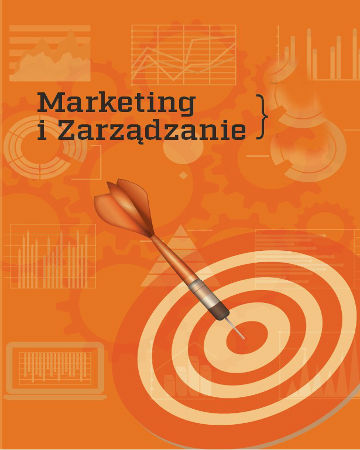
Keywords: marketing; competitive advantage; retail enterprises; strategic position
The paper aims at presenting relations between sustainable competitive advantage and marketing advantage. Elements of the marketing concept according to the first theoreticians of competitive advantage were showed, including W. Alderson and J. Barney, as well as M. Porter. The issue was presented in its practical aspect on the cases of the retail trade companies Wal-Mart, Benetton, and Ikea. The role played by marketing in their gaining of distinctive strategic positions, and then maintaining it via creating customer value and appropriate communication was identified
More...
Keywords: PolaNorth Korea; workers; migrants; forced; DPRK; EU
Human rights concerns and Poland’s desire to increase economic pressure on Pyongyang seen as spurs to the decision.
More...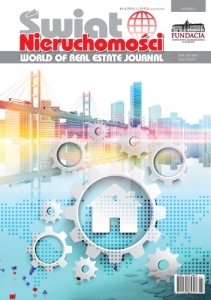
Keywords: city;revitalisation;artistic aestheticization;Poznań;Kalisz;Varna
Culture is an important factor in the process of revitalisation, as it creates a new identity of the place and builds the image of the city. Artistic aestheticization of deteriorated areas is associated with the concept of ‘beauty’, which is relative and interpreted by people in different, individual ways. The ‘beautification’ of cities, which has become a widespread phenomenon, involves investing in the architectural fabric, street furniture, public green spaces or public art. Artists ennoble space, making it unique. The aim of the paper is to admit and analyse a new phenomenon of a conscious use of artistic aestheticization in the processes of revitalisation. The authors have collated the knowledge of these forms in Polish and Bulgarian cities. Based on the research carried out in 2015, artistic aestheticization has a positive effect on the image of revitalised space in the perception of its users.
More...Keywords: Competition; downstream competitors; upstream competitors; breakthrough; expenditures; brand marketing; financial rewards; features; analogous competitors
Upstream and downstream competitors represent factors at play before and after the core product experience. There are also external factors at play during the experience. Parking is an upstream competitor: something that has the potential to prevent people from entering the experience in the first place. Other examples of addressing upstream competitors include drive-through coffee and websites that allow you to log in using existing credentials such as your Facebook account information. It is no need to setup yet another username and password you are likely to forget.
More...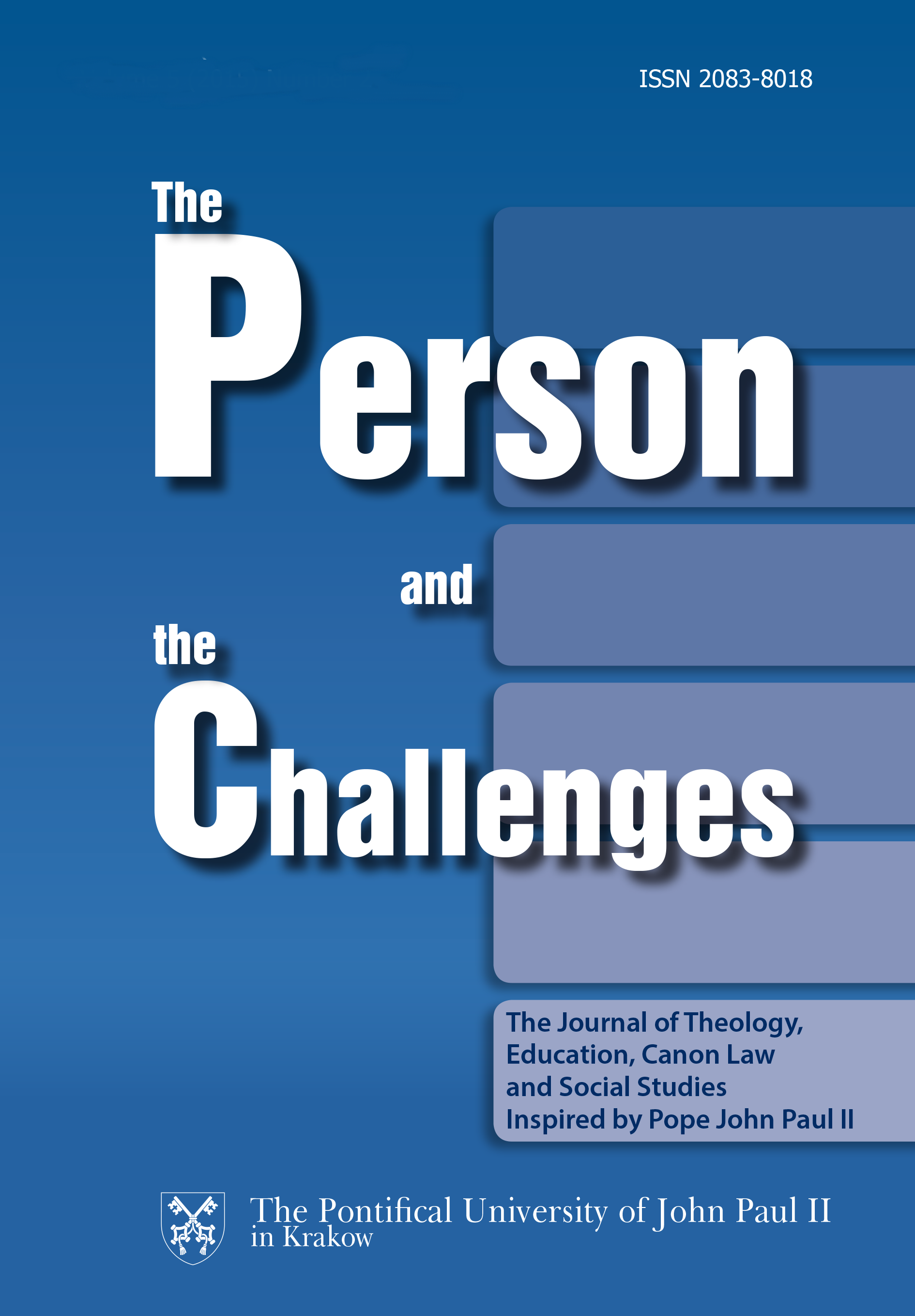
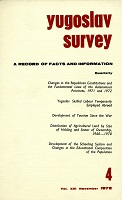
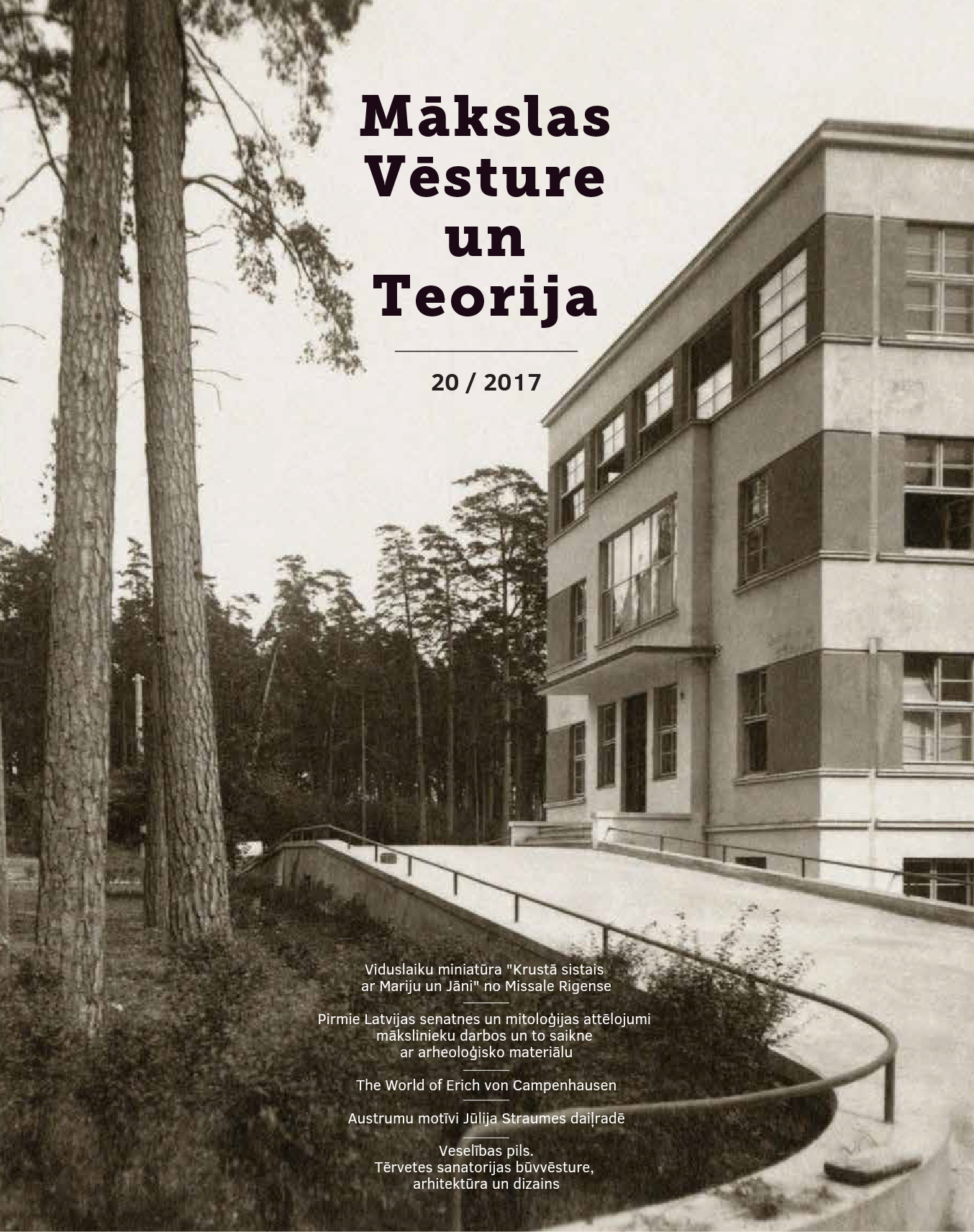
Keywords: ERICH VON CAMPENHAUSEN; BALTIC GERMAN ART; ART NOUVEAU; APPLIED ART; FURNITURE DESIGN; POSTER DESIGN
The article deals with the diverse activities of the Baltic German artist Erich von Campenhausen (1872–1926) and analysis of his known works in the art-historical context. As Campenhausen’s output did not fit into the narrative of national art history, it continues to challenge scholars as a ‘blank spot’ yet to be filled. In his early period after returning to Riga from Karlsruhe where he studied engineering, the artist was more involved with applied arts while later he studied at the Karlsruhe Academy of Art (1909–1914) and took up painting and graphics to a greater extent. The so-called ‘play’ figures (Scherzfiguren) created around 1907 were ceramic sculptures of exotic animals, with their rounded forms reminding of Japanese netsuke. About the same time Campenhausen also made 18 “humorous art postcards”, coloured ink drawings, showing “joys and sufferings of a Negro boy”, according to the press of the time. Campehausen’s contribution to applied arts is represented in the Baltic art yearbook Bildende Kunst der Ostseeprovinzen in 1907. The suite of living room furniture stands out by harmonic simplicity, careful horizontal-vertical balance and utilitarian qualities suggestive of contemporary modern German and Austrian furniture design. Square-form cushion is decorated with amorphous patterns of lines and colours whose abstract flow has much in common with the organic trend of Art Nouveau. Also a belt buckle image was published with geometricised leaf ornament. Journey towards abstraction is even clearer in Campenhausen’s design of six plates with rims adorned by repetitive motifs of birds and buds, reminiscent of Charles Rennie Mackintosh and Henry van de Velde. Subsequent issues of the same yearbook (1908–1909) also popularised Campenhausen’s dinner service, silver cutlery and furniture design examples – modern, functional and lightly decorated. Campehnausen designed a fireplace too, decorated with flame-like, budding forms (the dark blue majolica tiles were produced at Zelm & Boehm factory; the object has survived in Puikule Manor). In all, Campehausen’s approach was based on laconic aesthetics, envisioning beauty in simplicity that sharply differs from his younger brother Balthasar von Campenhausen’s output illustrated in later issues of the yearbook (1911–1912). These are rather Historicist interiors with Baroque forms and decorative weightiness of patterned, upholstered furniture and tapestries. Rational, geometrical approach similar to Erich von Campenhausen’s can be seen in the architect Max Deubner’s children’s room in the apartment of Paul Kerkovius (1912). Also Jūlijs Madernieks’ subdued aestheticism and predominantly rectilinear style that replaced his earlier ornate, curvilinear forms and is evident in his own Riga apartment, is close to Campehausen. Erich von Campenhausen also took part in the poster competition (1907–1908) organised by Rigascher Kunstverein (Riga Art Society) to find the best solution to advertise society’s exhibitions in the recently opened Riga City Art Museum. Among the participants were Aleksandrs Romans, Alfrēds Purics, Bernhard Borchert and other artists. Posters had to include the text Rigascher Kunstverein as well as ‘art exhibition’ in German, Latvian and Russian. Three submissions (Romans’, Purics’ and Campenhausen’s) were published in the aforementioned Baltic art yearbook (1908). The competition itself signalled certain integration of German and Latvian cultural spaces in the complex post-revolutionary atmosphere; participants as well as those selected for publication represented both factions. The first prize went to Romans’ poster with the codeword Del Sarto; it was clearly derived from the Florentine painter Andrea del Sarto’s portrait of the sculptor Baccio Bandinelli (1515–1517), as evident from the facial features, clothing details and haircut. In Romans’ interpretation, the image is flattened and sharpened, giving up spatial illusion but the added figurine can be interpreted as the symbol of art. Purics’ poster with the codeword Cross in Circle is more visually baffling and in line with the Symbolist tradition and its searches for the meaning of life. Campenhausen’s poster with the codeword Grove is no less mysterious, the chosen sans serif script being less readable from a greater distance. The image of the sacred grove appears as the cradle of mystic spirituality important for National Romanticism. The poster can be perceived as a modernised interpretation of Arnold Böcklin’s work Sacred Grove (1882) in the vein of Art Nouveau, comparable also to decorative solutions of Gustav Klimt. Fifteen years later, Campenhausen created another poster, announcing the lottery of the German Baltic Charitable Institution (1923) and depicting a fashionable young woman with a cornucopia. This poster can be seen in a dialectic opposition to Sigismunds Vidbergs’ poster for the ‘Voice of Culture’ lottery raising funds for mobile libraries (1921–1922). Its male incarnation of Latvian socialists is more vigorous and forward thrusting than the evanescent, feminised embodiment of Baltic German charity; at the same time, they are also partners typifying the difficult period of the early 1920s.
More...Keywords: bourgeois furnishings polgári lakáskultúra; postsocialist middle class; material culture; homes; Dunaújváros;
This article looks at the fate of the kind of home furnishing in Hungary known as “bourgeois” (polgári lakáskultúra) as a way to investigate the middle classes that have emerged since the fall of state socialism. In the 1990s, political discourse was full of speculation about the revitalization of a historic bourgeoisie, and the media regularly featured the material culture of such a historic class. Such furnishings were indeed highly valued among an urban intelligentsia, and seemed to represent evidence of a long history of Hungarian bourgeois taste, civilized values and refinement starkly at odds with socialist material culture, tastes and manners. However, I argue that for many of the emerging middle classes in the 1990s and 2000s, this form of furnishing was no longer a suitable expression of the kind of class position to which they aspired, nor for how it was being newly legitimized. As I show through my anthropological fieldwork among the aspiring middle classes in the former “socialist” town of Dunaújváros, even families who owned such furnishings sold them or demoted them to less prominent places in their homes. Although the socialist state had attempted to devalue inherited, antique furnishings in its promotion of modern lifestyles in the 1960s and 70s, it was not until the end of socialism that such furnishings began to fail to represent middle class respectability. New ideals for such a class were based on entrepreneurial achievements in the present rather than on inherited status, and new home décor was an important way in which this new middle class subjectivity was being constituted.
More...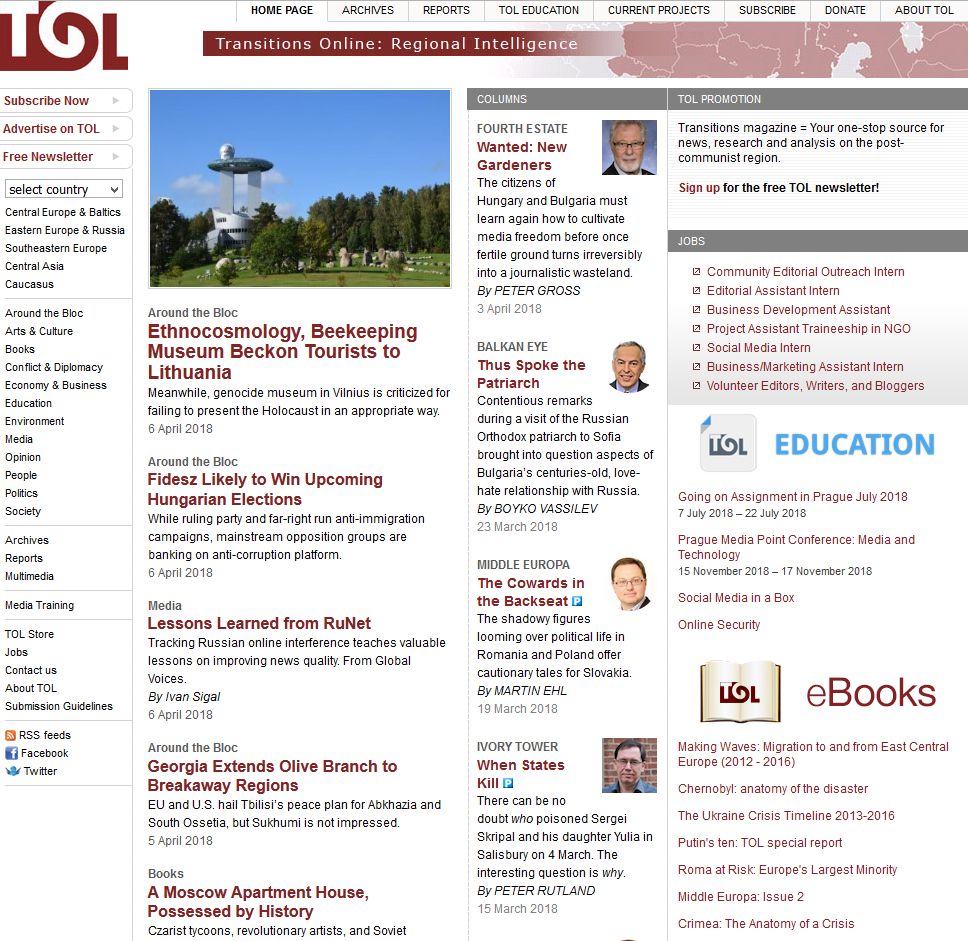
Keywords: Russia; Moscow; housing; Bulgakov; history
Czarist tycoons, revolutionary artists, and Soviet squatters all feature in Russian scholar Dmitry Oparin’s new book.
More...
Keywords: Timișoara; eighteenth century; urban housing; domestic sphere; inventories.
Research on urban habitation can reflect various and sundry aspects. This study aims to undertake an analysis of the houses of Timişoara’s eighteenth-century residents from a micro-historical perspective. Using methods of cultural and social history and examining archival documents such as inventories and wills, we shall try to find out what a house looked like inside, what decorations or furniture garnished the rooms, what activities the household members fancied, which kind of food or clothing was available for them, etc. The article starts by presenting a general frame of the living conditions in this Habsburg fortress, followed by details of the townspeople’s private life. In order to do that, we highlight the association of several types of sources, but also the way information about assets appears in documents. From poorer inventories to the most complex wills, the sources cover a wide range of subdomains of the so-called "la petite histoire". Through the three case studies presented here, we shall attempt to understand if living in the town by the Bega resembled habitation conditions in Early Modern Europe, and whether Timişoara’s dwellers were aware of what was in fashion on the rest of the continent. The analysis of the three examples starts by exploring the location of the house and continues with considerations on its internal structure, its landlords/ tenants and the description of the goods. The images resulting here provide an unexpected and vivid introspection into the domestic sphere three hundred years ago.
More...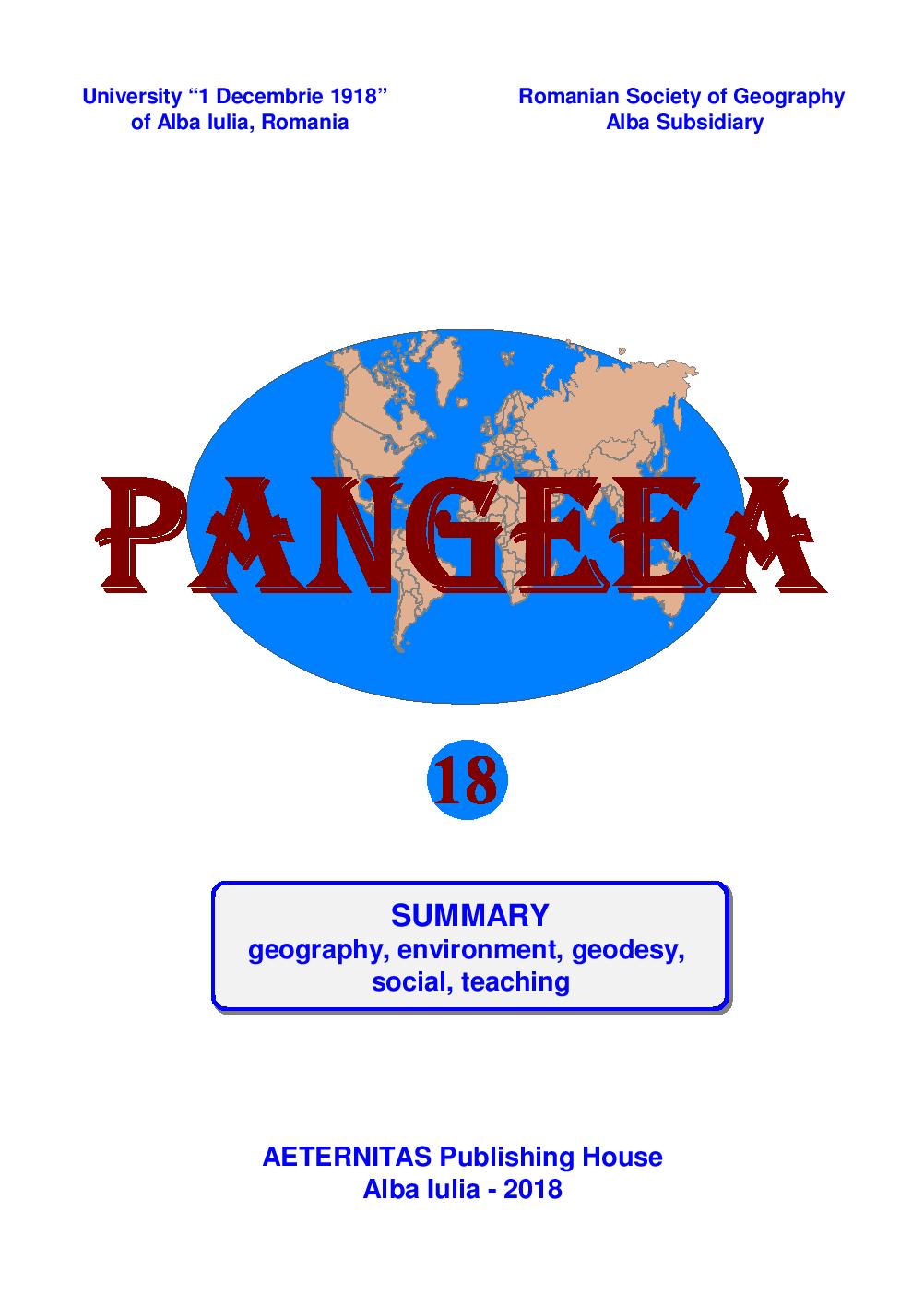
Keywords: Sebeş; economic growth; company; investors; strong brands;
Named the town with zero unemployment (rate) in Romania, due to numerousforeign and native investments,Sebeş has a steady economic growth,reflected also in the ascending numerical evolution of the population (32.256 inhabitants - January 2015, compared to 29.954 inhabitants in 1992) being the second largest town in the county. The town of Sebeş is an economic motor of the county, placing Alba county on the second place in the country as economic performance in 2016 compared to 2015 (13% economic growth compared to a national average of 4%). The two biggest companies, as turnover, in the county are from Sebeş: Star Assembly (Daimler gearboxes) and Kronospan, which together have a turnover of over 2.5 billion lei (2016).
More...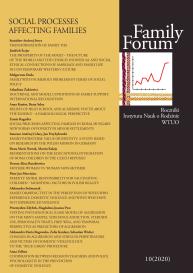
Keywords: Pure strategy Nash equilibrium; Existence; Potential Games; Location Choice; Spillovers; Network Externalities;
This paper introduces the location choice under spillovers game: A number of firms choose from among a number of alternative locations. A firm’s payoff at some location is the sum of two factors: Its location-specific idiosyncratic payoff; and the positive spillover it receives, which is a function of the number of firms choosing the same location. The spillover function is location-specific and monotonically increasing. This game form can be viewed as an extension of the classic “battle of sexes” game. It can also be used to model real-life game-theoretic situations with network effects, such as when app users choose from alternative social media or instant messaging apps. In our main result, we show that the location choice under spillovers game is a potential game, and hence, it always admits a Nash equilibrium in pure strategies. We also show that: A Nash equilibrium outcome need not be Pareto efficient. An outcome that is Pareto efficient need not be a Nash equilibrium. And a Nash equilibrium is not necessarily a strong equilibrium.
More...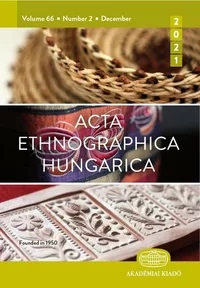
Keywords: handicraft heritage; folk art; creative industries; European capital of culture
Plovdiv was the first Bulgarian city to become the European Capital of Culture for 2019. One of the leading projects in this campaign was focused on the renovation of Kapana (“The Trap”) – a historical district in the urban center. The project for upgrading Kapana was one of the first activities in the implementation of Plovdiv's candidacy: Kapana - a creative industries district was a long-term public policy initiative that attracted audiences and representatives of creative industries from Plovdiv, the country and abroad, providing a favorable and stimulating environment. The main focus of research is on the concept of “creative industries,” which has been instrumental in developing the field of arts and crafts in the district, contributing to the festivalization of culture. Based on a material gleened from long-term fieldwork, the paper presents contemporary case studies of folk arts and craft designs recently found in the territory of Kapana (2018–2019). Two examples of handicraft heritage are presented in greater detail: Adriana & Robert Atelier founded in 1995 as a family business, producing 100% leather hand-embroidered women's belts with metal buckles [chaprazi/pafti], men's belts, leather bags and other accessories with traditional folk ornaments. The second case explores the modern application of carpentry in the context of antique furniture restoration and the reproduction of antiques.
More...
Granasztói, Péter (ed.): Pamutkendő, vasfazék, fajansztányér. Tárgykészítés és fogyasztás Magyarországon az ipari forradalom korában (1750–1850). [Cotton cloth, iron pot, delftware plate. Artifact production and consumption in Hungary during the time of the Industrial Revolution (1750–1850)]. Tabula Könyvek 14. Budapest: Néprajzi Múzeum. 2018. 391. ISBN 978-615-5682-08-7
More...